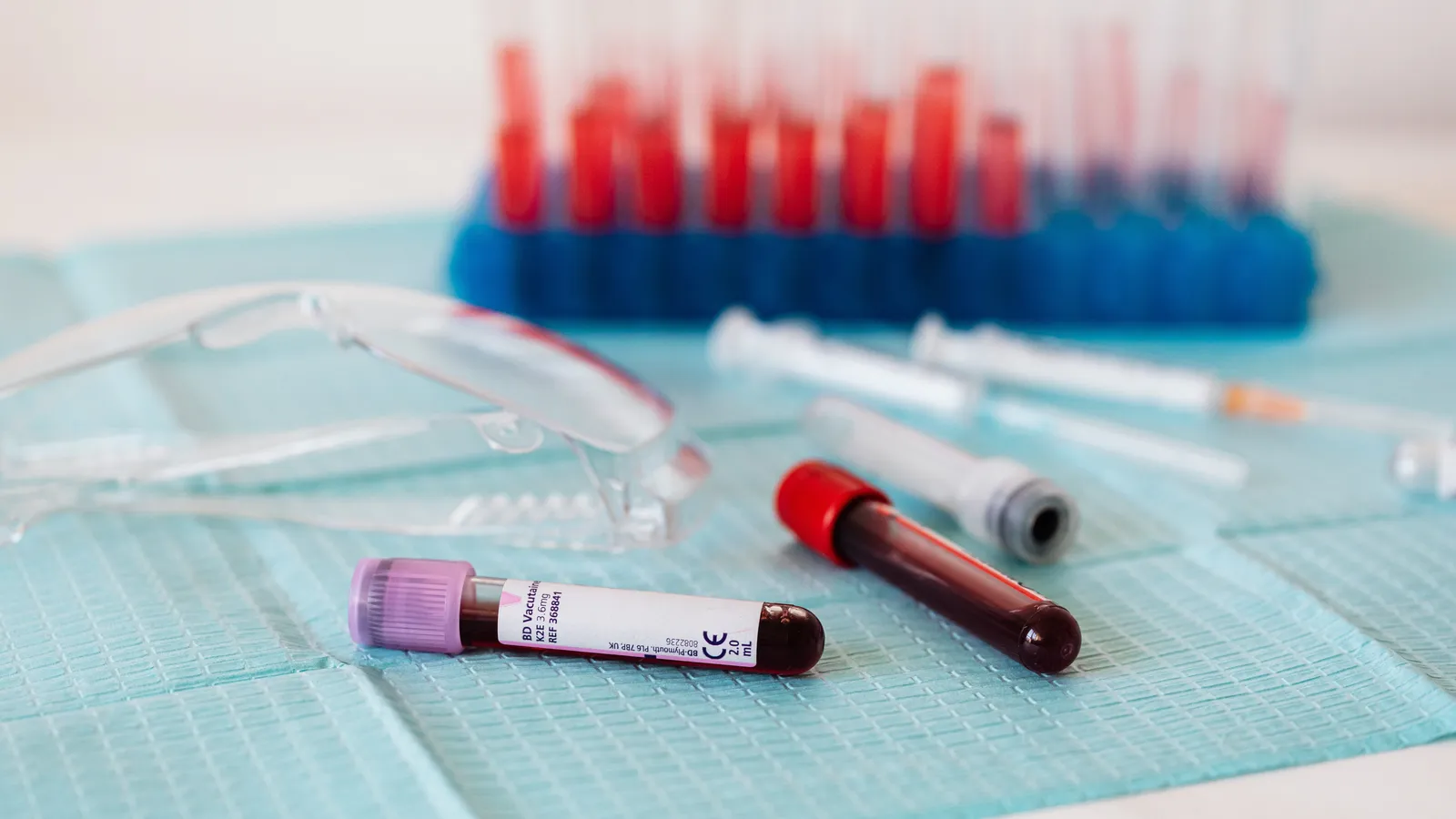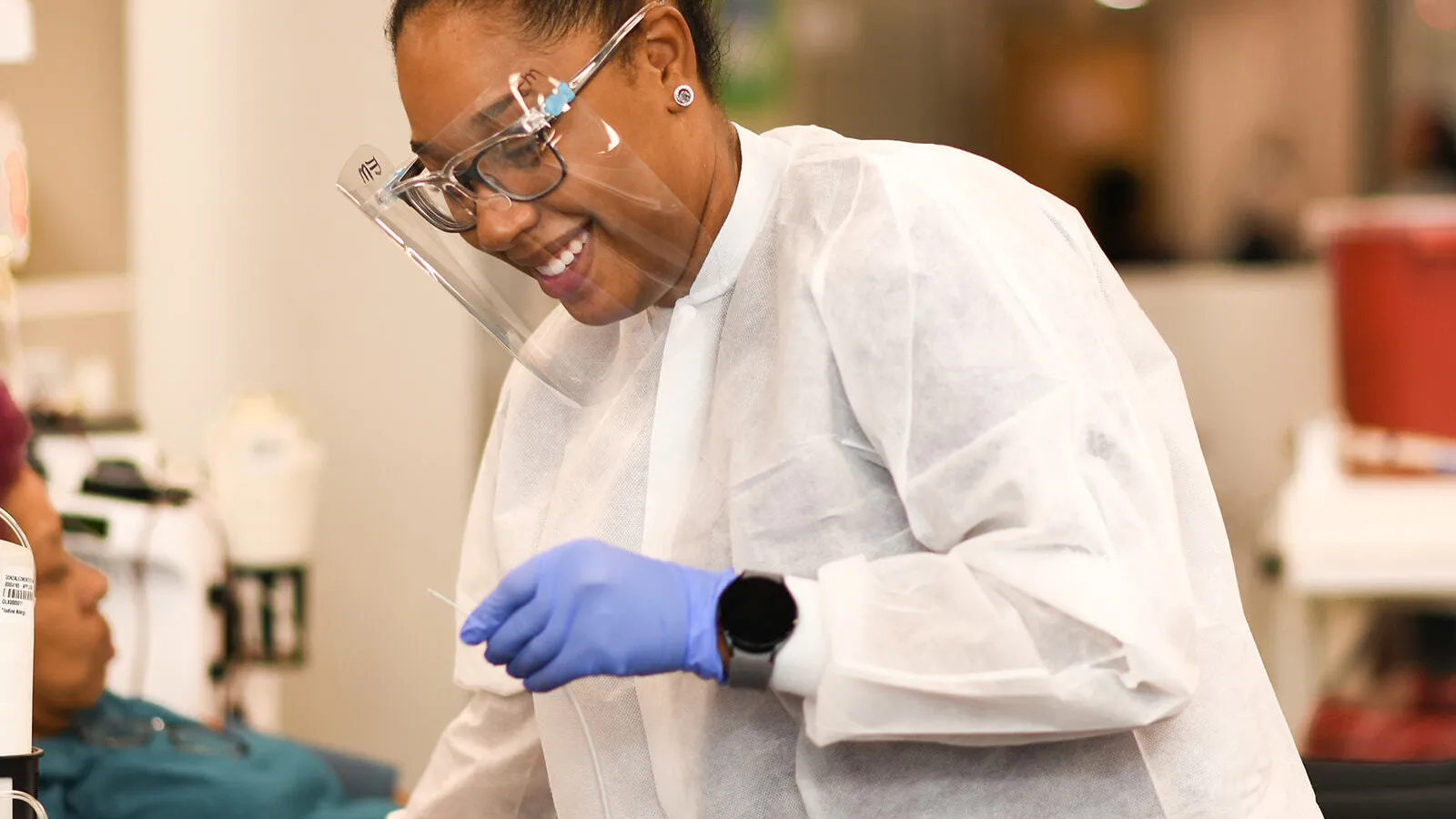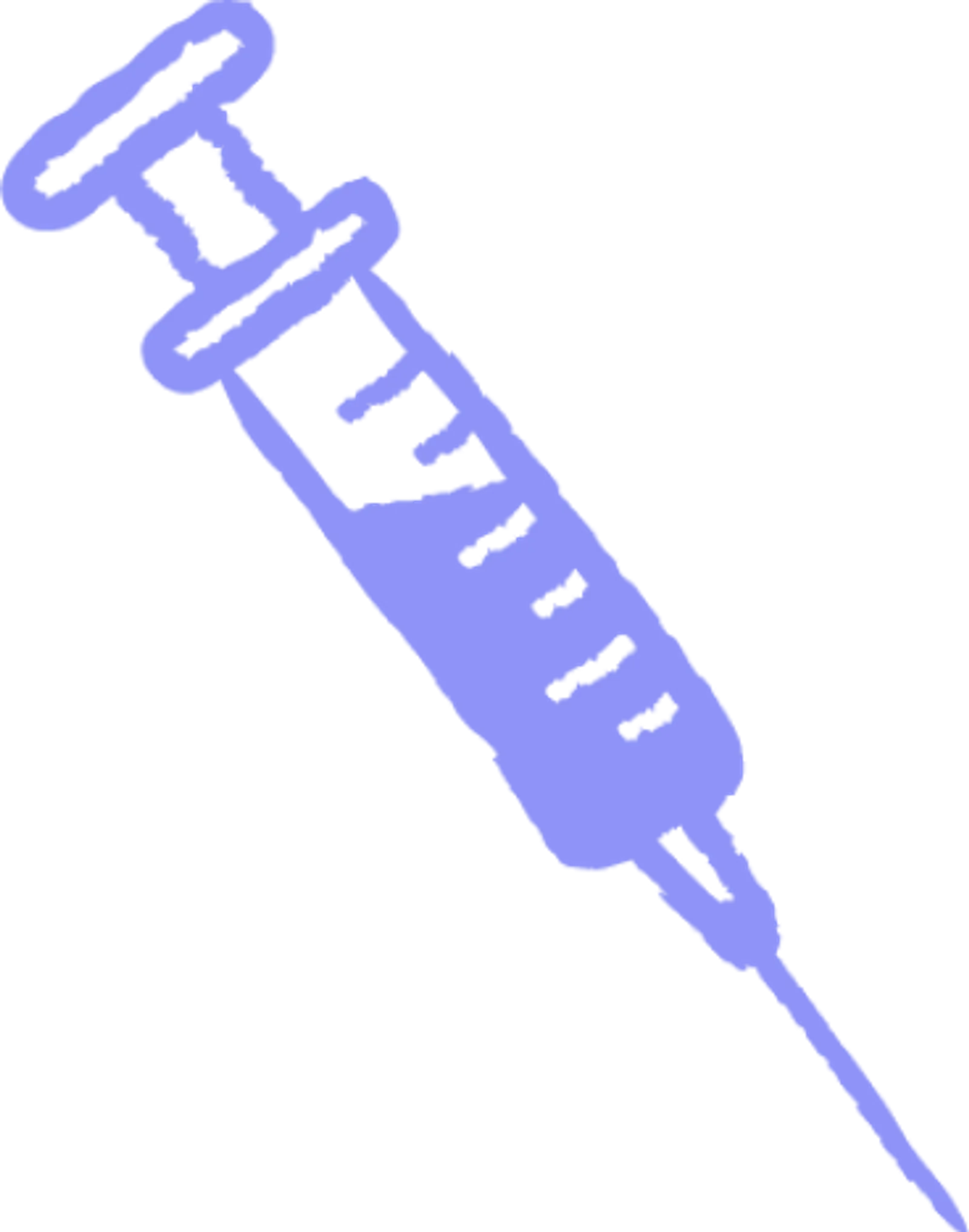Plasma 101
Who: Eligible donors between 18 and 63 can earn up to $560 a month in NY and up to $770 a month in FL.
What: Plasma is the yellow part of your blood that replenishes naturally.
Where: Queens, Brooklyn, The Bronx (NY), and Ft. Pierce (FL).
Why: Get paid to donate and help treat bleeding disorders, immune deficiencies, and more.
When: No appointment needed—walk in anytime before closing.
Debunking Myths about Plasma Donation

Debunking Myths about Plasma Donation
Plasma donation saves lives, yet myths about safety and eligibility stop many from contributing. This article confronts the common misconceptions in detail, arming you with facts to overcome fears. Expect straight talk on the real health impacts, donation process, and how plasma uniquely powers medical innovation across the globe when donors give consistently.
Plasma donation is safe, with no evidence of long-term health impacts when following guidelines. Over 75% of donors have altruistic motivations, not just financial. People ages 18-65 of all backgrounds are eligible if healthy, not just the young. Plasma replenishes within 48 hours post-donation when proper nutrition and hydration habits are followed. Donors help produce life-saving medicines for hundreds of thousands of patients globally each year.
Understanding Plasma Donation:
Title | Description |
What is Plasma? | A clear, straw-colored liquid portion of blood, constituting about 55% of total blood volume. It carries vital components for body functions. |
Importance of Plasma | Essential for regulating body temperature, blood pressure, fighting and treating diseases, tissue repair, immune response, and drug delivery. |
Plasma in Healthcare | Used to create therapies for bleeding disorders, autoimmune diseases, respiratory illnesses, and traumatic injuries. |
Global Need for Plasma | Less than 40% of global plasma need is met, leading to a shortage in many countries. |
US Plasma Contribution | The US meets over 75% of its domestic plasma demand, but global shortage persists. |
Plasma Donation Centers | Efforts to increase awareness and build more centers are ongoing worldwide. |

Understanding Plasma and its Importance
What is Plasma and Why It Matters
Why does plasma donation matter? Plasma is the clear, straw-colored liquid portion of blood that makes up about 55% of total blood volume. It carries blood cells and proteins that are vital for regulating body temperature, blood pressure, and fighting diseases. Plasma contains antibodies, clotting factors, and other proteins that enable key bodily functions like tissue repair, immune response, and drug delivery. The donation of plasma thus plays a crucial role in modern healthcare, powering life-saving medical treatments.
Plasma extracted from blood is used to create therapies that treat bleeding disorders, autoimmune diseases, respiratory illnesses, traumatic injuries, and more. It takes about 130 plasma donations to provide enough raw material to produce treatment for one hemophilia patient over a year. As the demand for plasma-based medicines grows globally, plasma donations help bolster healthcare systems and save millions of lives each year. Even a single donation can significantly impact multiple patients that rely on plasma protein therapies.
The Global Need for Plasma
Plasma donations are essential all over the world, but many countries face a concerning shortage. Less than 40% of global need for plasma is currently met, posing a major threat for patients that depend on plasma protein therapies. With blood plasma critical for medical breakthroughs and advanced treatments spanning immunology, hematology, neurology and more fields, the worldwide plasma deficit limits healthcare innovation everywhere.
The US meets over 75% of its domestic demand for plasma, but many developing regions struggle to collect and process plasma efficiently to serve their populations. Efforts are underway across the globe to spread awareness about donating plasma and build more plasma collection centers.
But the universal shortage persists, underscoring the selfless value of all plasma donors in delivering life-changing medicines globally. Even the most medically advanced countries rely heavily on the altruism and consistency of plasma donors abroad to drive medical progress.
Dispelling Myths about Plasma Donation:
Title | Description |
Safety of Plasma Donation | Extremely safe at certified centers with rigorous health screenings and standards. |
Health Impact of Donation | No evidence of long-term health issues or immunity impact when following guidelines. |
Donor Eligibility | Inclusive for diverse gender identities, races, sexual orientations, ages 18-65, and good health. |
Motivation for Donation | Beyond financial gain, many donors are driven by humanitarian reasons. |
Donation Frequency and Health | Frequent donation is safe with proper rest, nutrition, and adherence to guidelines. |
Inclusivity in Donation | More inclusive than blood donation, accepting adults of various ages and health conditions. |
Donation Process | Involves health screening, blood draw, plasma separation, and returning blood cells to the donor. |
Benefits of Donating | Supports medical advancements, helps patients - become a part of a lifesaving partnership, benefits communities, and provides personal rewards. |
Managing Donation Risks | Mild side effects are common but manageable, with staff ready to address any complications. |
Common Myths about Plasma Donation
Debunking Safety and Health Myths
A major barrier preventing more people from becoming plasma donors is the persistence of myths related to health and safety risks. However, the reality is that donating plasma is extremely safe when done properly at certified plasma donation centers.
At places like Olgam Life plasma donation centers, rigorous standards are in place to protect donor health. You go through standard screening at every visit to ensure it remains safe for you to donate. This involves checking vitals, protein levels and asking questions about any recent illnesses. Any minor side effects like dizziness or fatigue post-donation typically resolve within 48 hours.
There is also no evidence to support claims that frequent plasma donation leads to long-term health issues or negatively impacts immunity when standard guidelines are followed. With ample rest and nutrition between visits, your body replaces the donated plasma quickly without issue.
Misconceptions about Donor Eligibility and Demographics
Many people mistakenly believe that compensation-based plasma donation centers have narrow, restrictive donor eligibility criteria compared to blood donation drives. However, centers like Olgam Life accept donors from diverse gender identities, races, sexual orientations and ages between 18-65 years old.
As long as you are in good health with no chronic infections, weigh at least 110 pounds and meet other basic criteria, you can become a fully eligible plasma donor regardless of your background. While compensation does act as an incentive, altruistic reasons ultimately drive over 75% of donors to give plasma repeatedly.
Myth: Plasma Donation is Only for Financial Gain
The notion that plasma donors are only motivated by the financial compensation is simply untrue in most cases. Many donors prioritize humanitarian reasons for saving lives over earning extra income.
Plasma products help treat hemophilia, autoimmune disorders, trauma care, respiratory conditions, immune deficiencies, neurological illnesses and more. For donors, knowing their plasma directly enables these life-changing therapies is profoundly rewarding.
Olgam Life donors also emphasize the supportive staff, efficiency of donations, on-site free wifi and referral perks as major reasons for continually returning beyond just money. By building personal connections with donors, we reinforce that their selflessness makes a dramatic difference to patient lives worldwide.
Myth: Frequent Donation Harms Long-Term Health
A common myth is that too-frequent plasma donation can negatively impact health in the long run. However, this is false when donors adhere to proper rest and nutrition between donations.
Plasma replenishes itself quickly when protein-rich foods and lots of water are consumed post-donation. As long as standardized guidelines regarding weight, plasma protein levels and intervals between donations are followed, no long-term side effects are known to occur.
Experts overwhelmingly agree that frequent plasma donation is safe when healthcare staff closely monitor donor vitals and ongoing eligibility. With rigorous safeguards in place for responsible, ethical plasma collection practices, donors can give plasma consistently knowing their long-term health is never compromised.
Myth: Plasma Donation is Only for the Young and Healthy
Unlike whole blood donations which do have tighter age and health criteria for donors, plasma donations are far more inclusive. With plasma, your age and underlying medical history simply dictate how often you can safely donate rather than barring you entirely.
As long as you meet base eligibility standards regarding infectious disease risk and have no unstable, uncontrolled conditions, adults of all ages can become plasma donors. Your health may just require longer intervals between donations compared to younger cohorts.
Specific health issues like autoimmune disorders, thyroid dysfunction and blood pressure abnormalities do not automatically disqualify you either as long as your illness is well-managed. Plasma donation remains ethical and low-risk in many diverse health circumstances with proper medical oversight. The myth of near perfect health being essential to donate plasma prevents countless people from saving lives when this is not true.

The Truth About Plasma Donation
The Plasma Donation Process Explained
So, how does donating plasma work? Donating plasma is extremely safe when handled by certified professionals at clean, regulated centers like Olgam Life. Upon arriving, you fill out a quick medical history form before staff check your blood pressure, pulse, temperature and protein levels. They also test each time for any infections being transmitted through blood.
If all vitals and the infectious disease screening show you’re healthy enough to donate plasma that day, you’re escorted to a comfortable medically-supervised donation area. Here, a sterile needle is used to draw blood which then goes into an automated machine that spins and separates out the straw-colored plasma.
The remaining red and white blood cells get cycled back into your arm along with a saline solution to replace the extracted plasma volume. This automated process allows you to donate the plasma component that medicine needs while keeping the blood cells your body needs.
Certified medical staff are always nearby monitoring each donor, ready to address any unlikely complications. With strict health screenings each visit and sterilized equipment, the process meets the highest safety standards, so you simply relax while saving lives.
Benefits of Donating Plasma
The choice to become a plasma donor benefits medical advancement, patients in need, local communities and yourself. Plasma collected at donation centers provides materials to develop plasma-based therapies for bleeding disorders, traumatic injuries, chronic diseases and more.
These plasma-derived drugs and diagnostics tools literally save the lives of hundreds of thousands globally each year. And your personal plasma donations contribute directly to the availability of these life-changing medicines that heal communities. Lives are dramatically improved specifically thanks to repeat donors like those at Olgam Life centers selflessly taking the time to undergo plasma donations on a regular basis.
The compensation offered also helps donors cover household expenses while positively impacting those in need. When done safely and ethically, plasma donation forms sustainable relationships where communities support the advancement of medicine while individuals gain financial stability and purpose from bettering struggling patients’ lives.
Ensuring a Safe Donation Experience
Health Screening and Donor Safety
The top priority at plasma donation centers like Olgam Life is always to protect donor health and wellbeing. This is one way to ensure a better plasma donation experience. That's why strict safety protocols begin right from your first-time donor visits with a comprehensive medical history screening.
This involves assessing vitals, testing blood protein levels, checking for any infections, and reviewing medications or underlying conditions. Certified medical staff use these checks to verify it’s completely safe for you to donate plasma at that current time.
Rigorous health screenings continue before every donation session to catch any changes since the last visit. Detailed donor questionnaires also identify any recent illnesses or risk factors needing evaluation.
With your health as the central focus guided by research insights, the screening aims to maximize donor safety while collecting high-quality plasma for production into life-saving medical therapies.
Managing Side Effects and Risks
The most common side effects with donating plasma, like lightheadedness or numbness around the needle area, are generally mild and resolve quickly after finishing. By having you hydrate well before donating, side effects are also preventable.
In very rare instances, more severe complications like fainting or nerve injury can occur. However, certified medical staff are always present during the entire donation process to immediately address any unlikely reactions.
If higher risk biological values ever appear on testing at a session, staff can also swiftly halt donation to protect your safety. With extensive training in recognizing and managing donation risks, experienced nurses prioritize care while advising you on next steps regarding eligibility.
Ultimately by implementing protective measures guided by research, plasma donation remains widely regarded as extremely low risk. And donor wellbeing is ensured through proactive screening, evidence-based protocols and highly qualified staff overseeing every session.
When it comes to donating plasma, Olgam Life have you covered, from donor to recipient! If you have any questions, feel free to reach out to us! At Olgam Life, we provide cutting-edge care for donors, ensuring their well-being while delivering crucial resources to the medical industry. Unlike numerous plasma donation services, our exclusive focus at Olgam Life is on the aggregation phase of the donation process, allowing us to dedicate heightened attention to the well-being of our donors. We’re here to answer all those FAQs.
















